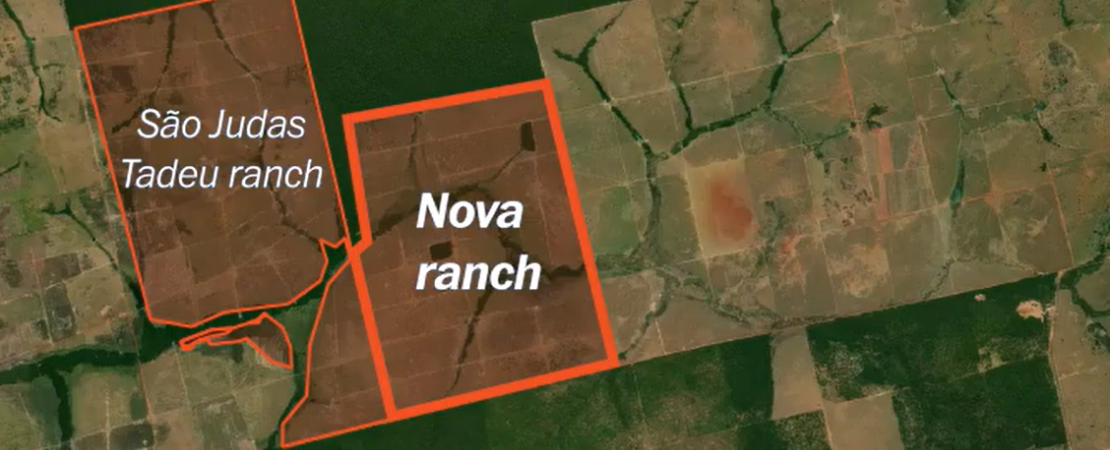
The life of an Amazonian steer typically amounts to climbing a ladder. At the bottom rung, where the system is least regulated and where most illegal deforestation occurs, are operations focused on breeding. Then the young animals are moved to properties that nurture them through adolescence. Next up are the fattening farms.
With each rung climbed, the system is more closely monitored and regulated, until the animal reaches the top of the ladder, the processing plant, where it is slaughtered and its meat butchered.
There was a time when nearly every stage of the process involved burning down forest, a cycle of fire and beef that transformed much of the Amazonian state of Mato Grosso — Portuguese for “thick forest” — into a checkerboard of cattle ranches. But a decade ago, leading beef producers signed a pair of agreements to clean up the industry.